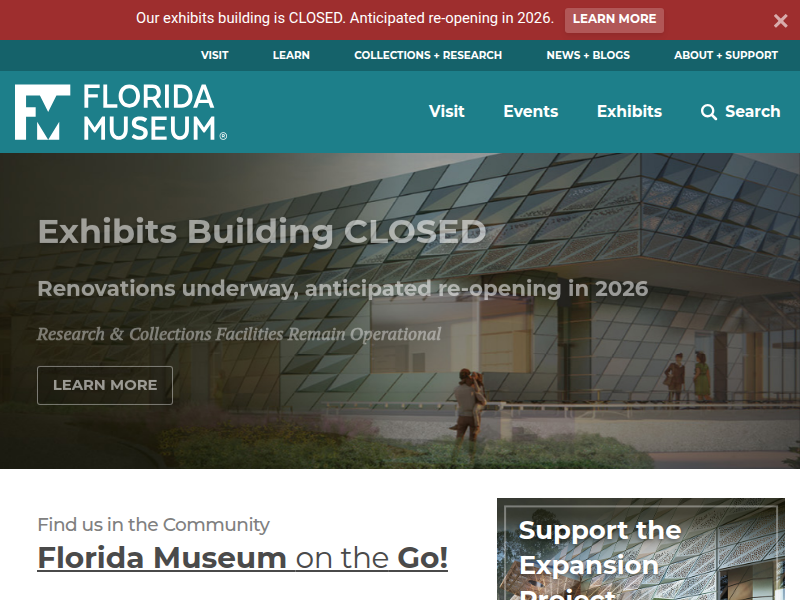$2.5 million NSF grant to fund online butterfly family tree, field guide – Research News https://www.floridamuseum.ufl.edu/science/2-5-million-nsf-grant-to-fund-online-butterfly-family-tree-field-guide/
Butterflies have been objects of scientific research for hundreds of years, but information about the popular insects is scattered across the world in books, research papers and museum collections. Scientists at the Florida Museum of Natural History aim to gather everything known about butter
Lepidoptera and Biodiversity. “Butterflies are very important because they serve as models

